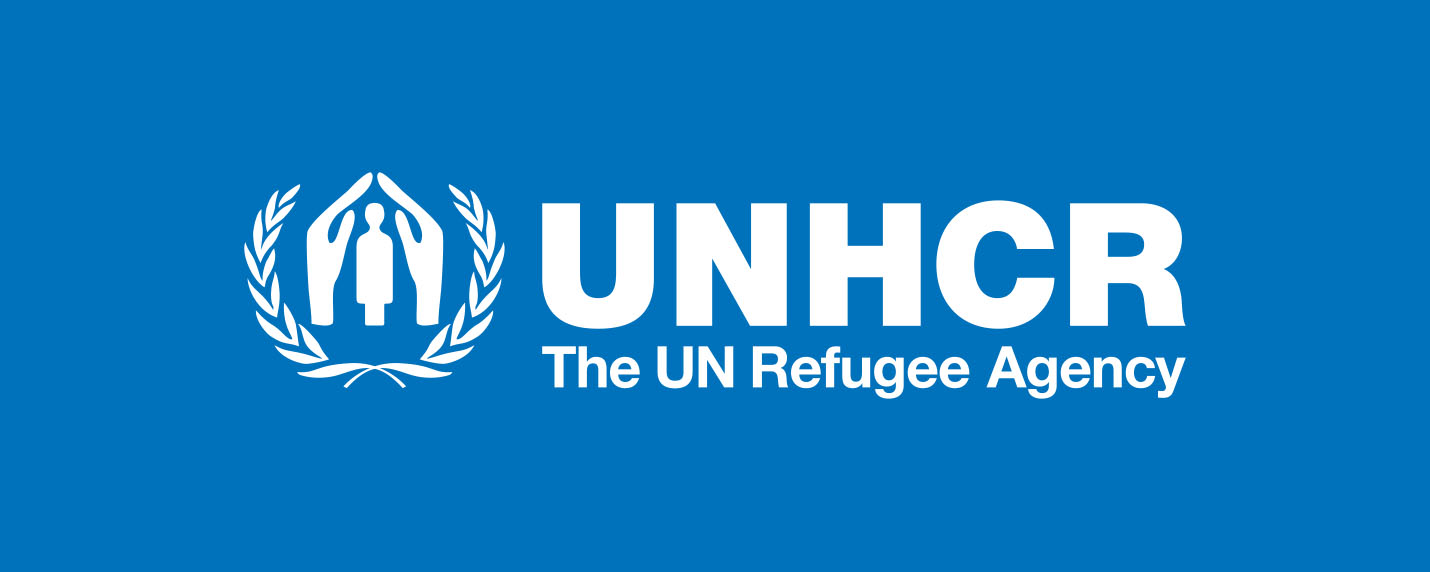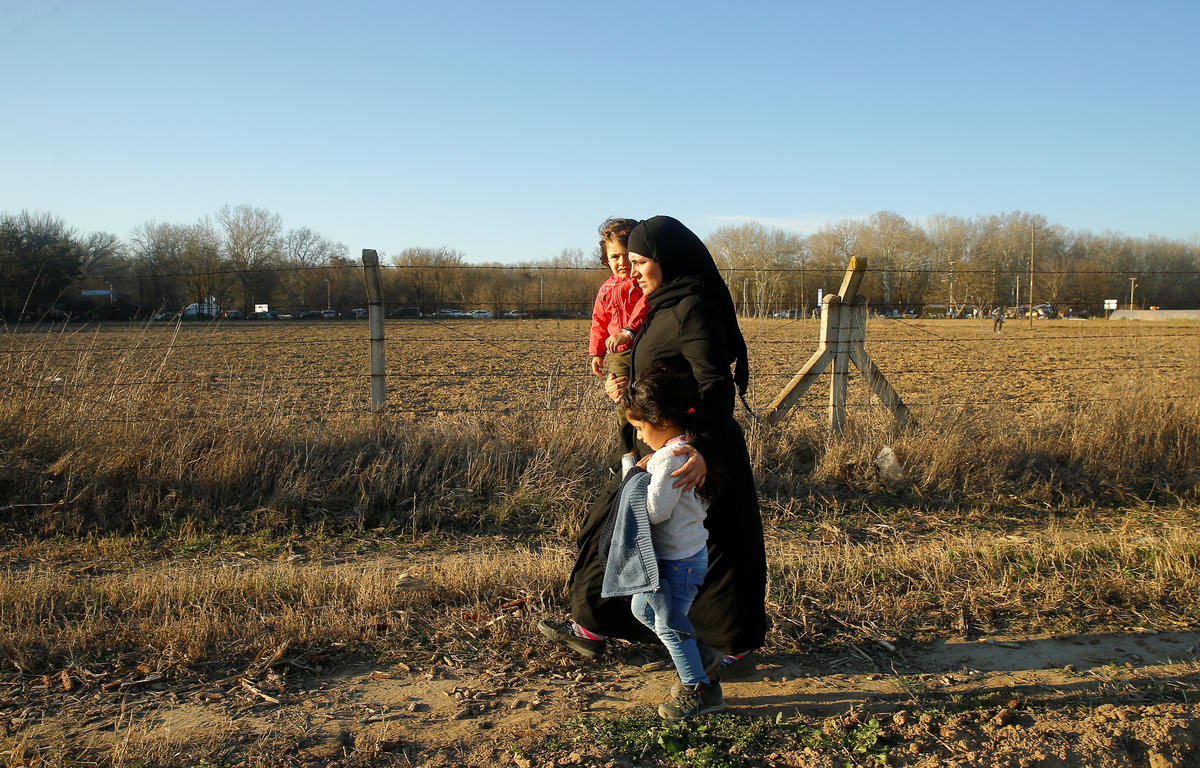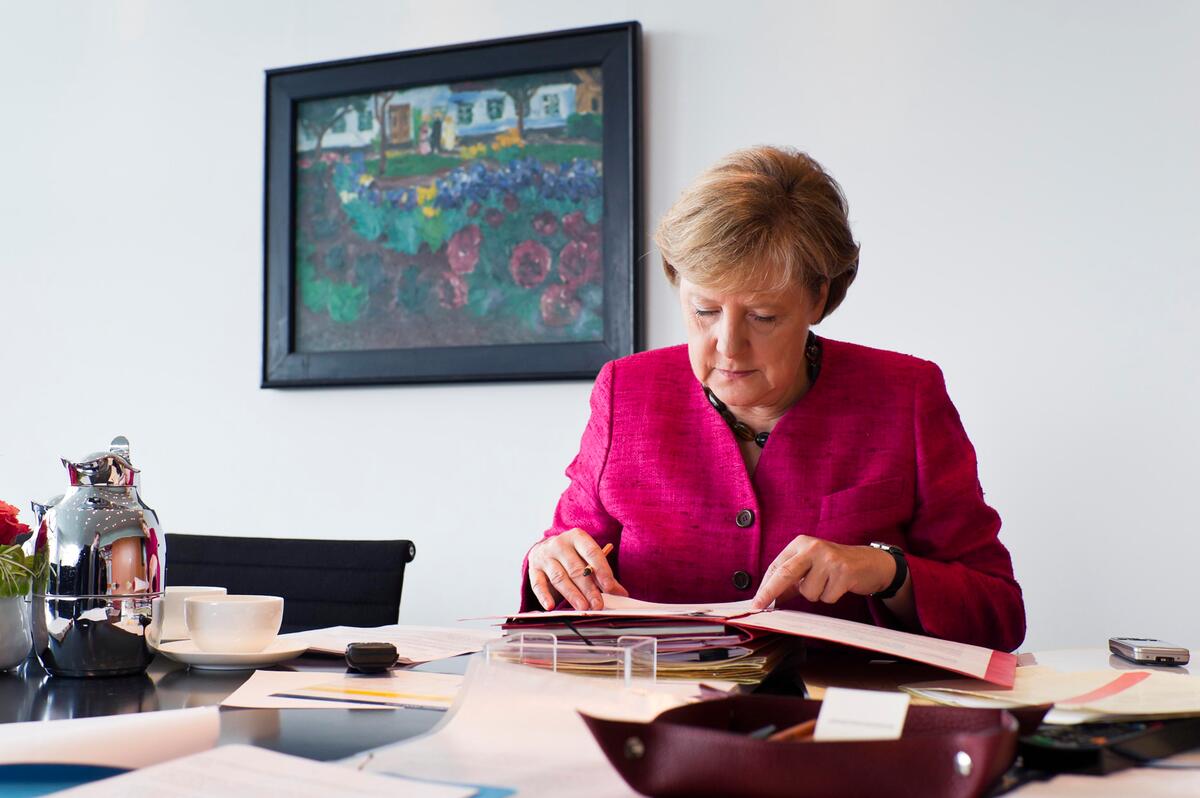Mediterranean death toll soars, 2016 is deadliest year yet
Mediterranean death toll soars, 2016 is deadliest year yet

GENEVA – With two months still to go, deaths of refugees and migrants crossing the Mediterranean so far this year have hit a record high, the UN Refugee Agency, UNHCR detailed today.
Expressing alarm at the situation, UNHCR reported that 3,740 lives had been lost so far in 2016, just short of the 3,771 reported for the whole of 2015.
“This is the worst we have ever seen,” UNHCR spokesperson William Spindler told a press briefing in Geneva. “From one death for every 269 arrivals last year, in 2016 the likelihood of dying has spiralled to one in 88.”
Spindler said the high loss of life takes place despite a large overall fall this year in the number of people seeking to cross the Mediterranean to Europe. Last year at least 1,015,078 people made the crossing. This year so far, crossings stand at 327,800.
“Between Libya and Italy the likelihood of dying is even higher, at one death for every 47 arrivals,” he added, referring to what is called the Central Mediterranean route.
“People smugglers are today often using lower-quality vessels."
The causes of the increase are multiple: about half those who have crossed the Mediterranean so far this year have travelled from North Africa to Italy – a more perilous route.
"People smugglers are today often using lower-quality vessels – flimsy inflatable rafts that often do not last the journey. Several incidents seem to be connected with travel during bad weather,” Spindler explained.
However, he added that the tactics of smugglers were switching too, with several occasions when there have been “mass embarkations of thousands of people” at a time.
“This may be to do with the shifting smuggler business model or geared towards lowering detection risks, but it also makes the work of rescuers harder,” he said.
UNHCR says that addressing this situation while ensuring functioning asylum systems remains a policy challenge for many countries, but measures to save lives are available and UNHCR urges all countries to do more in this regard.
Significantly expanding the availability of regular pathways for refugees to reach safety needs much greater and urgent attention.
Such means include enhanced resettlement and humanitarian admissions, family reunification, private sponsorship, and humanitarian, student and work visas for refugees.
“This high death rate is also a reminder of the importance of continuing and robust search and rescue capacities – without which the fatality rates would almost certainly be higher,” Spindler noted.
Sumaya is Sudanese, and a refugee in Egypt since 2014. She was desperate to rejoin her husband who had already made it to Europe.
And so she tried, four times this year, to take a smuggler’s boat across the Mediterranean Sea to Europe. Three times the authorities caught the refugees and put them in detention.











